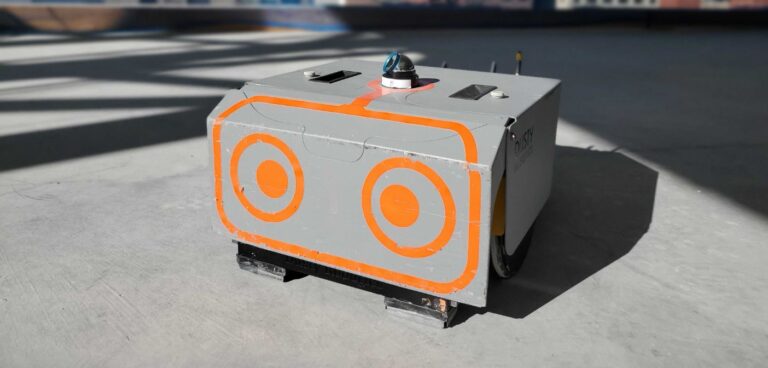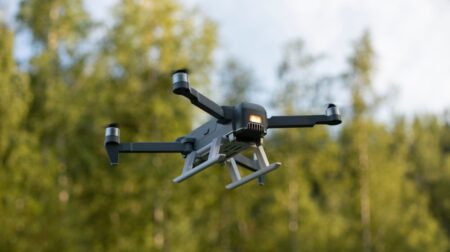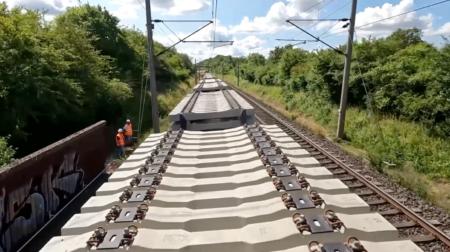Construction robot developer Dusty Robotics has raised US$16.5m (£11.7m) in Series A funding round to further develop its autonomous building solution FieldPrinter.
According to the company, it aims to accelerate the digital transformation of the construction industry with its first product FieldPrinter. The autonomous robot prints digital building models directly onto the floor of construction sites.
FieldPrinter is designed to lay out floor plans up to ten times faster than traditional crews while guaranteeing accuracy up to 1/16 of an inch. Dusty added it eliminates errors during construction by printing “IKEA instructions” directly on the floor that instruct crews exactly what to build where.
“The construction industry is in the midst of a digital transformation. Most projects have adopted Building Information Modelling (BIM) to design buildings in full 3D, yet layout crews still use paper plans, measuring tape, and string to transfer those designs to the site for construction,” said Tessa Lau, CEO of Dusty.
“We are creating a future where robots are standard tools used to construct every building, turning BIM into reality, and eliminating the errors that create waste.”
This latest funding round, which brings Dusty’s total funding to date to US$23.7m (£16.8m), was led by Canaan Partners and joined by returning investors NextGen Venture Partners, Baseline Ventures, Root Ventures, and Cantos Ventures.
Rich Boyle, general partner at Canaan, commented: “With increasing digital adoption in the full commercial real estate lifecycle, and especially the value created by using technology such as digital twins in the design and construction process, we believe now is the time for Dusty.
“These technologies have enabled construction to be more precise than ever before and have opened the door to completely re-imagining the complex and time- and labour-intensive layout process.
“The robotic layout process that Dusty created enables developers to be dramatically more efficient by reducing manual labour and elapsed time, and even more importantly by reducing errors and rework in the construction process.”








